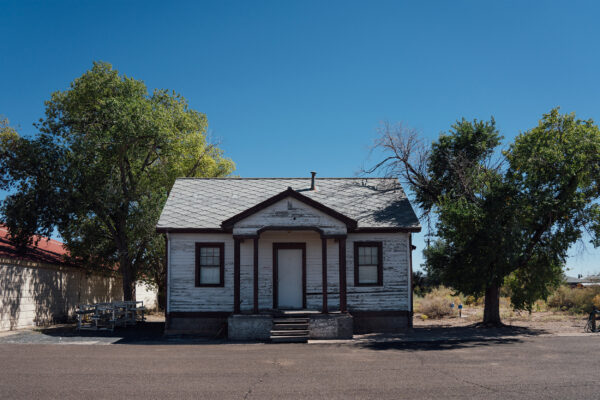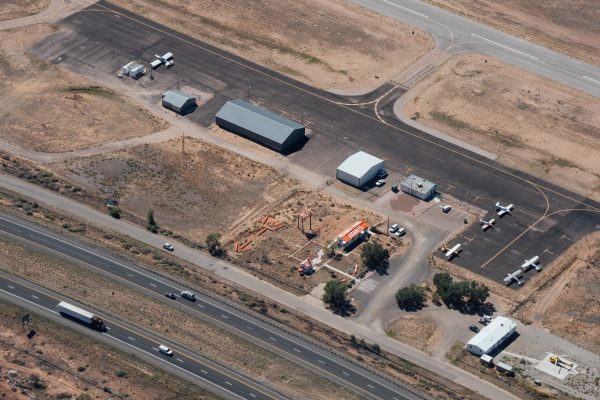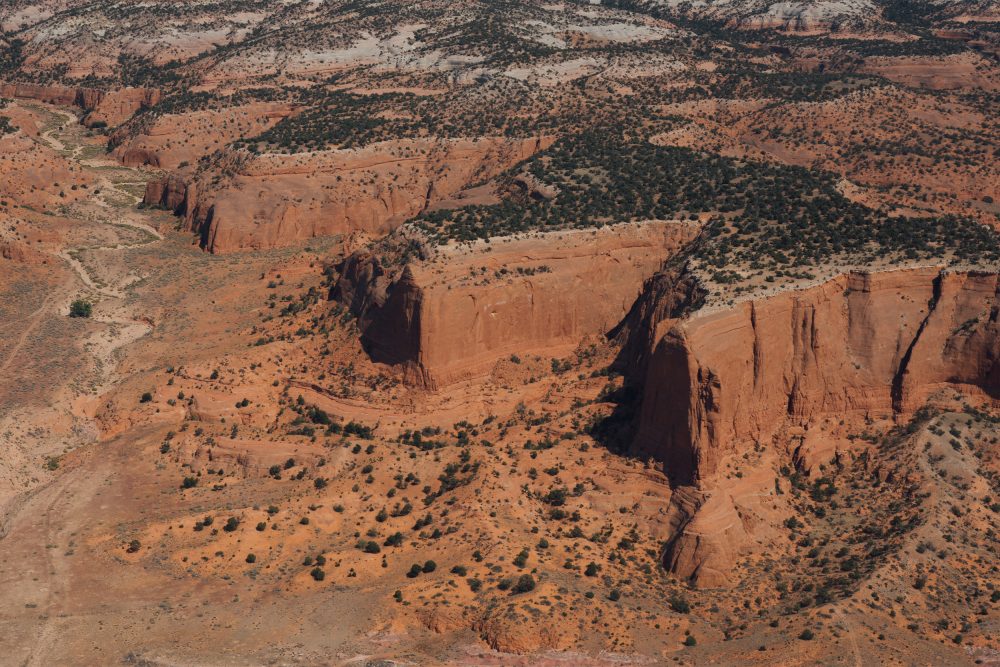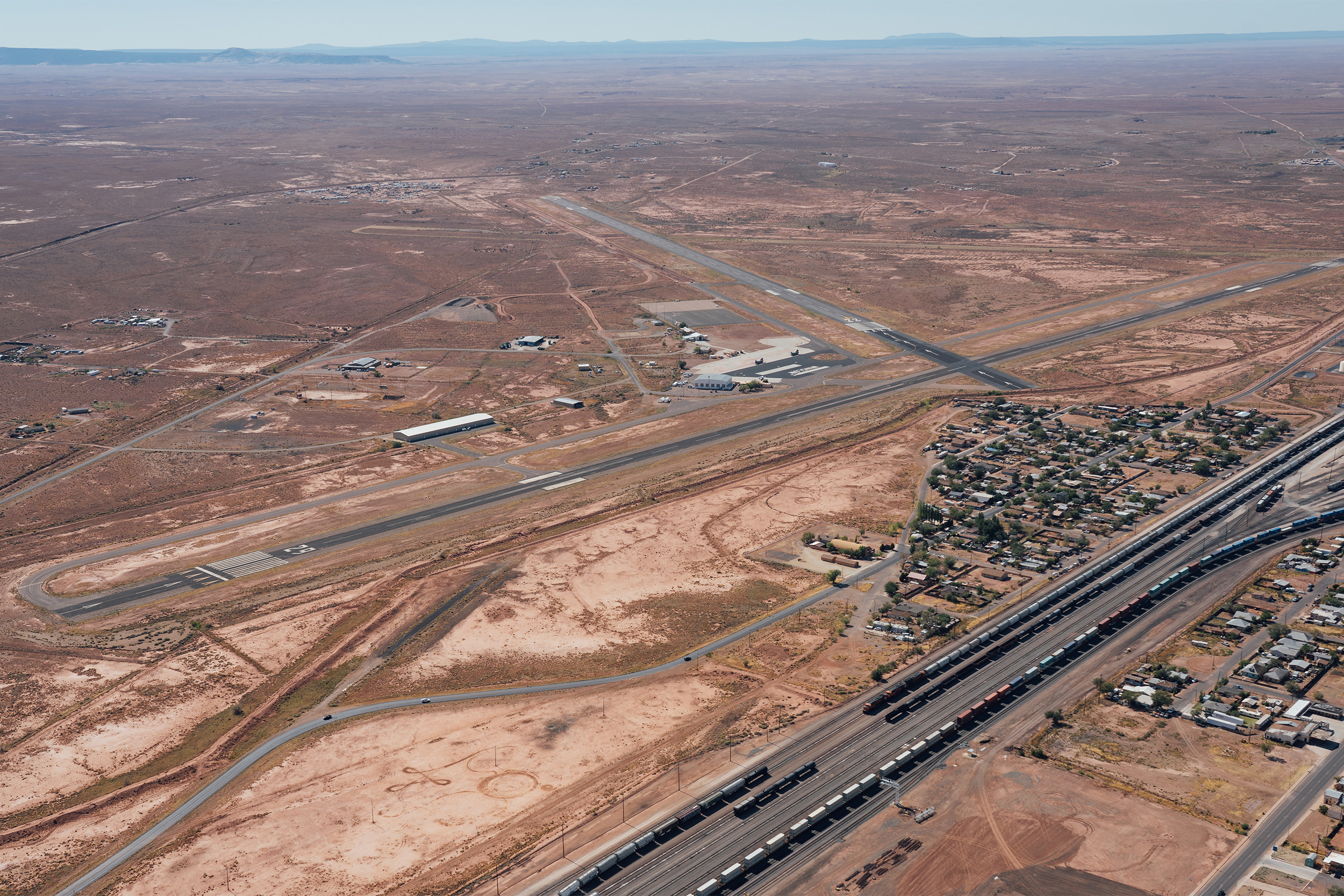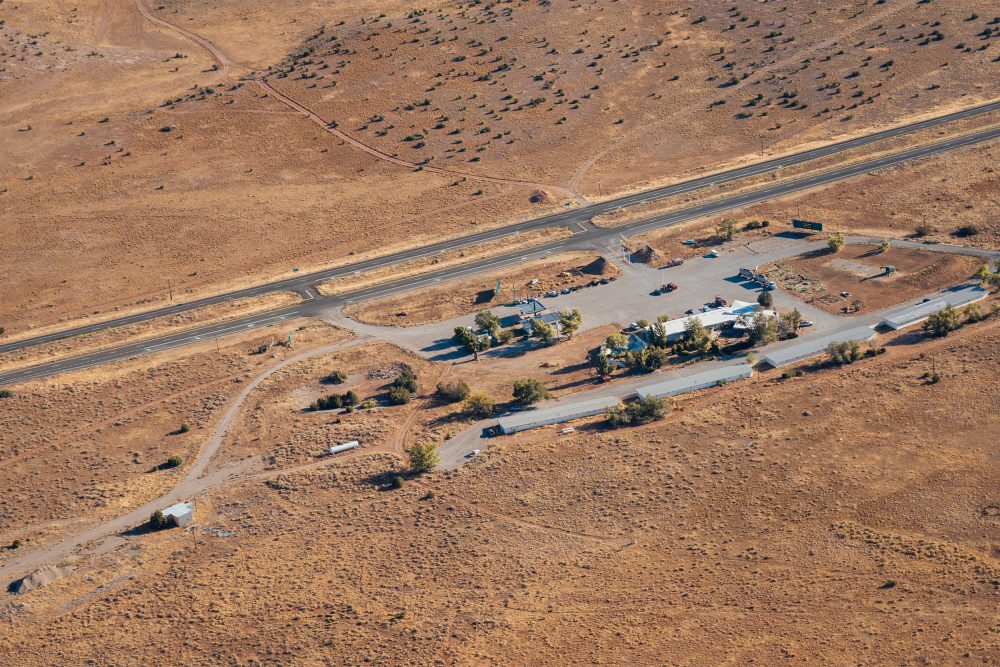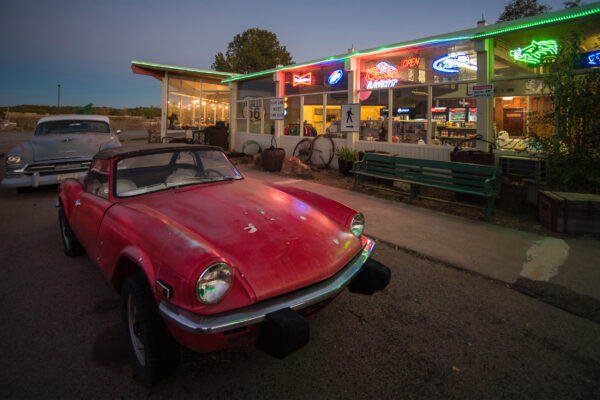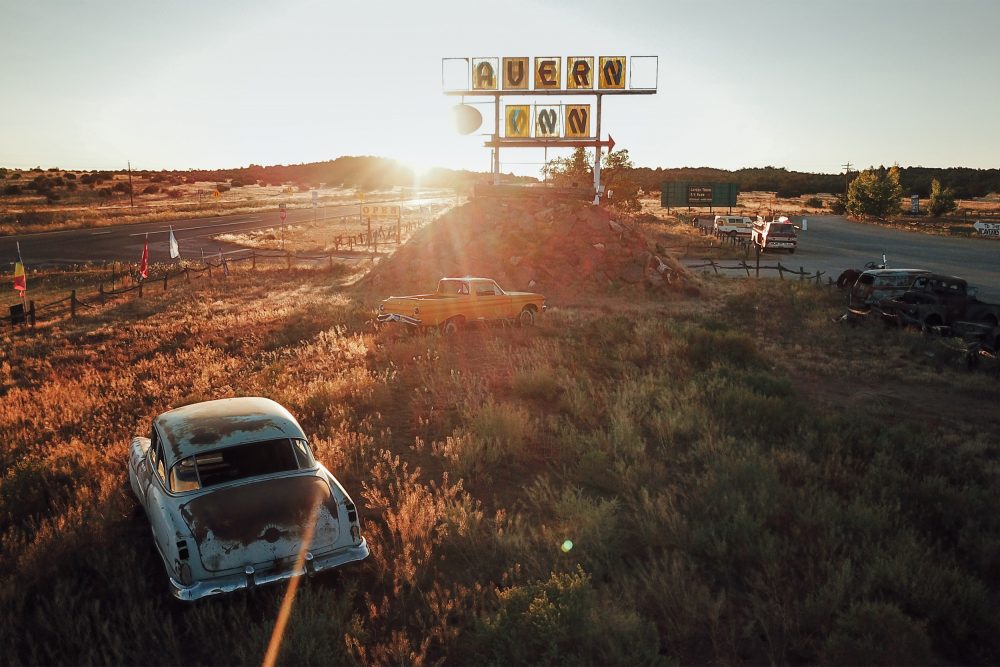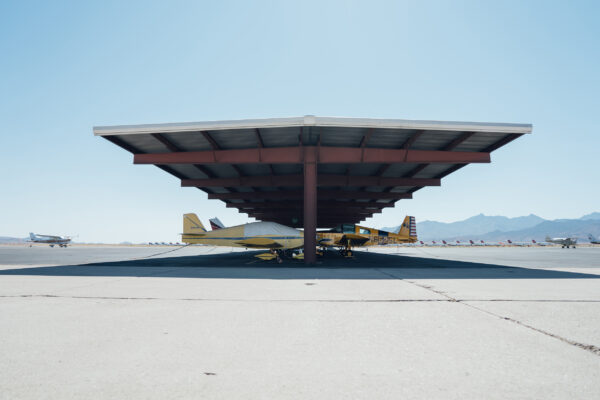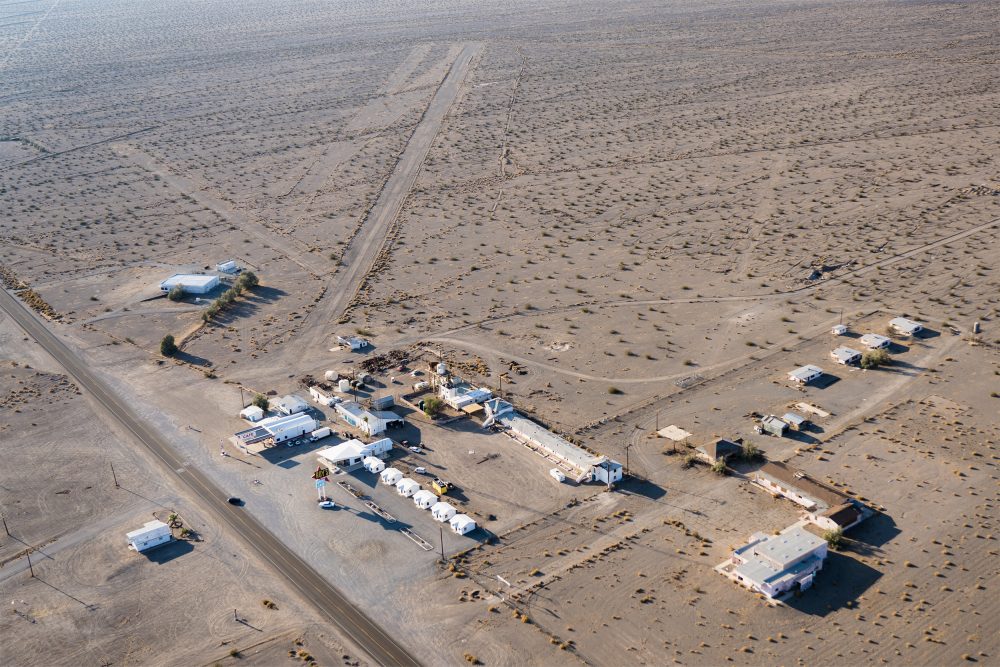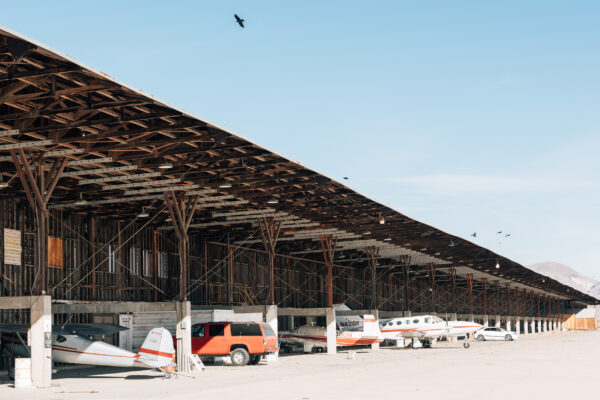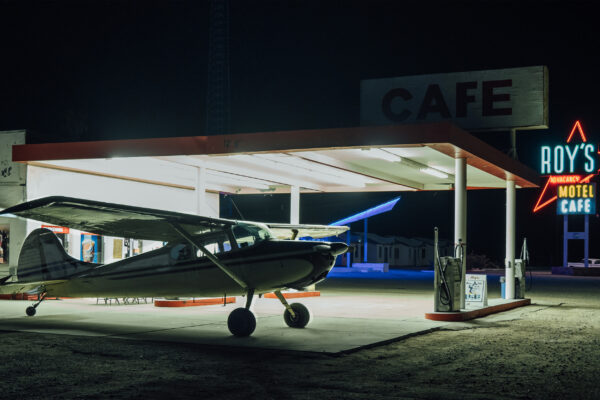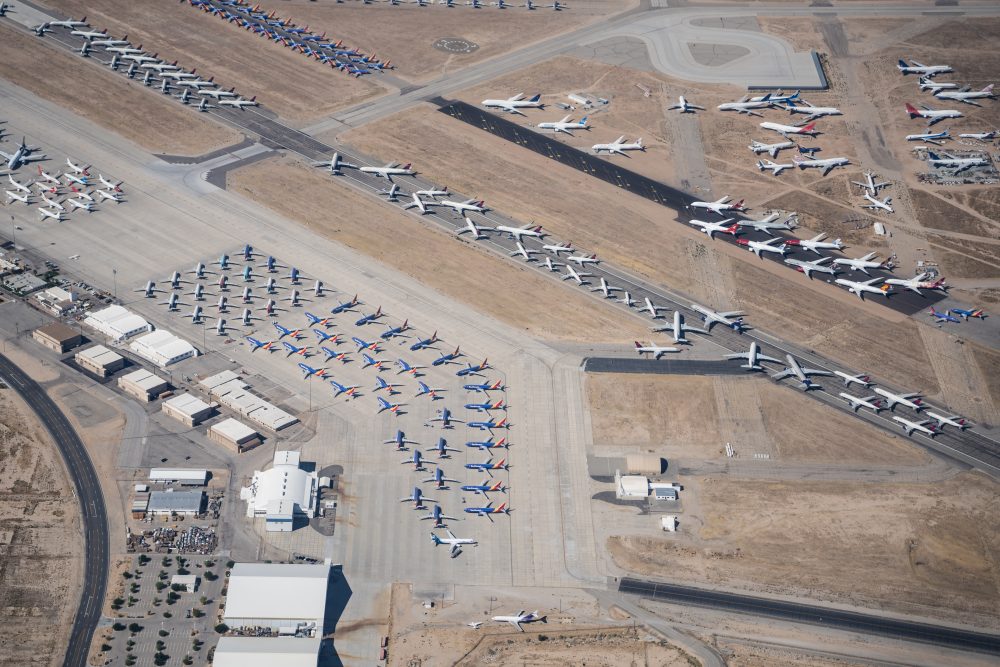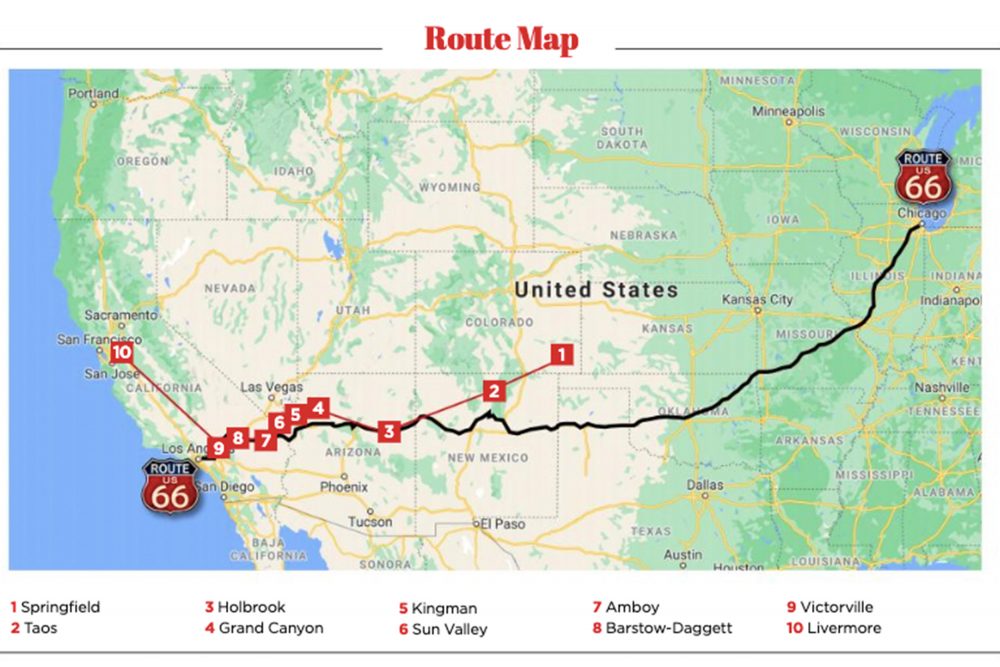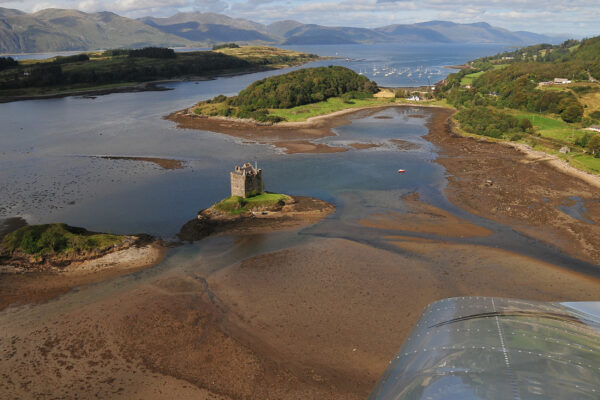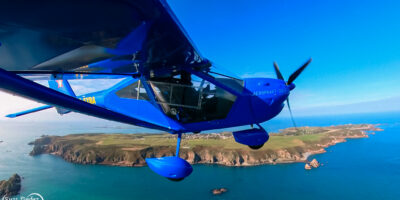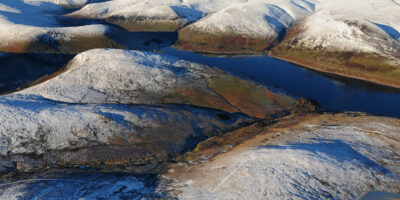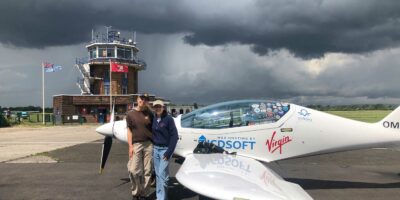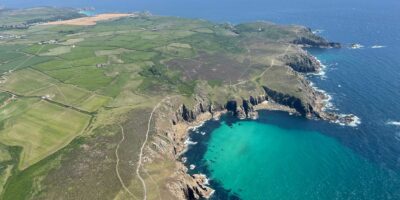If you wanted to prove that ‘the good old days’ were better, then there is no better time for that than 2020! After being notified by my airline that I would get an ‘extended leave’, courtesy of Covid-19, I decided that I had had enough of 2020 and needed my time machine to travel back and find a better time… A quick online search, a ticket to San Francisco, an Uber ride to Livermore airport (KLVK), and there I was opening the hangar doors of my particular time machine – my 1952 Cessna 170B.
I had this urge to disconnect, fly without too much of a plan, just barnstorm some of the country following the winds and discovering new places. There was just one definite plan, to visit friends in Minnesota, and as a part of the trip I wanted to follow an incredible piece of Americana, and a link to the past, Route 66.
Why are people from all over the world attracted to an old two-lane route with no fancy resorts, no big attractions, just an old road that goes through small towns, the countryside, and the desert from Chicago to L.A.? For most, it is the chance to travel back in time to a period of history when life was simpler, a time before America became a ‘franchise’. Following Route 66 is a way to return to the way America and the world used to be, and the Cessna would be a perfect way to admire it in it’s full splendour.
Dirt tracks…
In the early 1920s, the USA was connected by a collection of disorganised and roads of poor quality – usually, just a dirt path that was good enough for horses or wagons.
With the increasing popularity of the car, the need to create a new road system became evident. Under the pressure of the public, as well as businessmen like Cyrus Avery (doubted the Father of Route 66), the first road legislation was created in 1916, and in 1925 the Federal Highway System Act was passed by Congress. The numerical designation 66 was assigned to the Chicago to Los Angeles route in the summer of 1926. From the outset, the planners designed U.S. 66 connecting the main streets of rural and urban communities. Until that point, most small towns didn’t have prior access to the main national roads. In this way, travellers connected with the small-town people of America across eight states, three time zones, and three-quarters of the country.
By 1930 almost the entire highway got paved just in time for the great depression. Over 200,000 people migrated, escaping the Dust Bowl and bank foreclosures to head for California – travelling 2,400 miles taking their families and all their belongings in old Ford Model Ts. For them, Route 66 was a road of hope, famously noted in the The Grapes of Wrath by John Steinbeck. In the novel, Steinbeck baptised Route 66 as ‘The Mother Road’.



